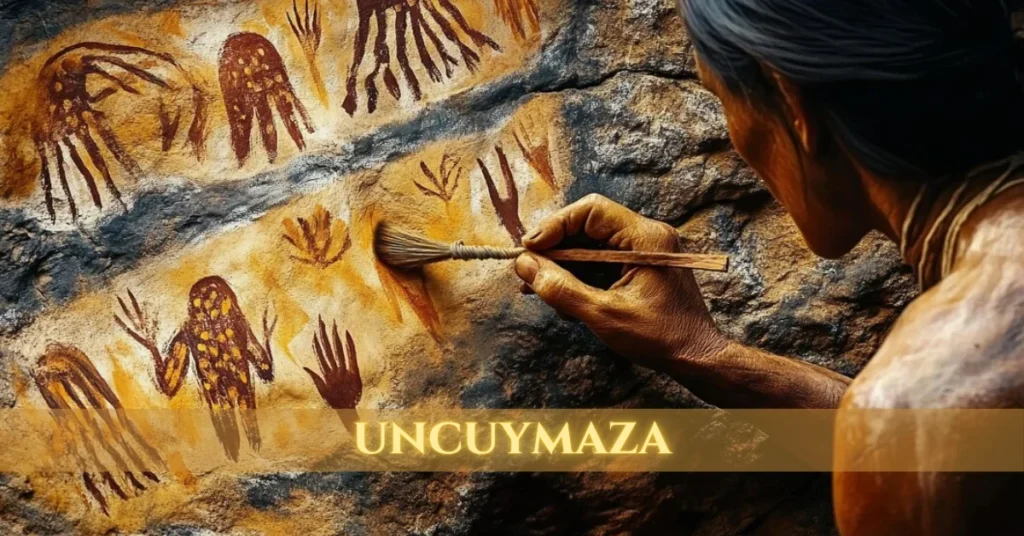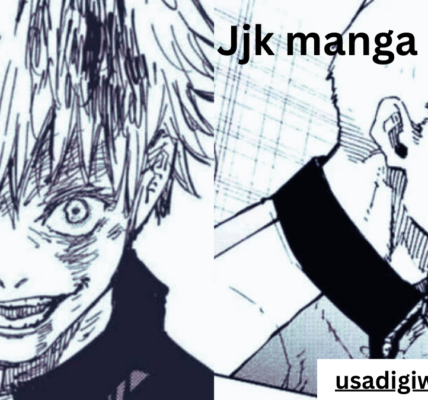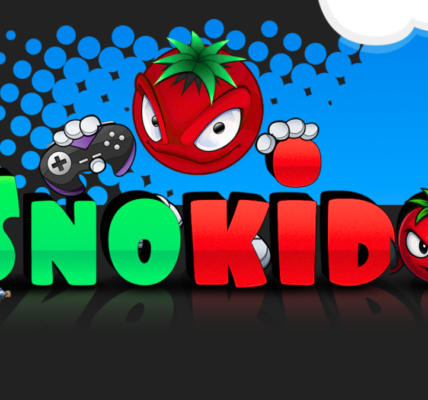Uncuymaza is a term that carries deep cultural significance, primarily in the Andean regions. It represents a unique blend of ancient traditions, modern interpretations, and the emerging digital frontier. From its origins in traditional weaving to its present-day manifestations in the digital world, uncuymaza holds a special place in both cultural and technological discussions. This article explores the meaning, symbolism, and impact of uncuymaza, shedding light on its profound influence across multiple fields.
The Origins and Cultural Significance of Uncuymaza

Historical Roots in the Andes
Uncuymaza originates from the ancient practices of indigenous Andean communities, where it began as an essential part of their daily lives. These traditions have been passed down through generations, deeply influencing the local culture. Historically, uncuymaza refers to a weaving technique that’s more than just a craft—it’s a medium for storytelling, a spiritual practice, and a way of preserving the community’s identity.
The art of weaving with uncuymaza was taught by elders to younger generations, ensuring that the knowledge was not lost with time. The designs on the textiles weren’t random; each one had a story, often depicting elements of the natural world, such as mountains, rivers, animals, and celestial bodies. These motifs carried symbolic meanings, representing the community’s connection to nature, the spiritual world, and the cosmos.
Spiritual and Communal Practices
Uncuymaza also has a spiritual dimension. It’s not just about the art—it’s about connecting with the land and the ancestors. For the indigenous communities, creating and wearing uncuymaza textiles was a way to honor their heritage and strengthen their ties to the natural world. During traditional ceremonies, people would wear uncuymaza garments as a form of respect to the deities and spirits they believed in.
Moreover, uncuymaza has always been a communal activity. It brings people together, fostering a sense of shared identity and collective responsibility. It is a living tradition that continues to evolve while preserving its roots in spirituality and communal harmony.
The Artistry of Uncuymaza: Weaving Stories and Symbols
Traditional Weaving Techniques
The creation of uncuymaza textiles is a time-consuming and intricate process. Artisans use natural fibers sourced from plants and animals, including cotton, alpaca wool, and llama wool. The fibers are hand-dyed with natural pigments, derived from plants, minerals, and insects, ensuring the colors are vibrant and long-lasting. The weaving process involves a combination of skills, from spinning the yarn to setting up the loom and finally weaving the patterns.
Each piece of uncuymaza fabric is a work of art. It takes days, sometimes weeks, to complete a single garment, as the weaver carefully selects and arranges the patterns that hold personal or cultural significance. The process is as much about patience and precision as it is about preserving a deep-seated tradition.
Symbolism in Designs
The designs in uncuymaza textiles are far from arbitrary; they are imbued with layers of meaning. Many of the patterns represent the worldviews of the Andean people. For instance, geometric shapes like spirals may symbolize the cycles of nature or the interconnectedness of all things. Animal motifs, such as birds or llamas, are often depicted to represent strength, freedom, or sacredness. The use of color also carries symbolic weight—red may represent life or vitality, while blue is often used to depict the sky or the spiritual realm.
These patterns serve as a visual language, one that tells stories of ancestry, struggle, triumph, and harmony with nature. Through uncuymaza, the weaver becomes a storyteller, using threads and symbols to pass on the knowledge and wisdom of their people.
Uncuymaza in Modern Times: Preservation and Innovation

Challenges and Revitalization Efforts
In the face of globalization and industrialization, traditional crafts like uncuymaza have found themselves under threat. Mass production and cheaper alternatives have pushed many indigenous practices to the margins, with younger generations showing less interest in the time-consuming process of hand-weaving.
However, there have been concerted efforts to preserve and revitalize uncuymaza. Artisans and cultural organizations have worked tirelessly to ensure that this craft is not lost. They’ve introduced modern tools and marketing strategies to make the tradition more accessible, both locally and internationally. By incorporating eco-friendly materials and sustainable practices into the weaving process, uncuymaza is being positioned as a viable craft for future generations to continue.
Integration into Contemporary Fashion
In recent years, uncuymaza has experienced a resurgence in the world of fashion. Designers from around the world have recognized the beauty and cultural significance of the traditional textiles, incorporating them into modern clothing collections. This fusion of traditional and contemporary design has brought uncuymaza into the global spotlight.
Fashion houses now collaborate with indigenous artisans, blending the old with the new, creating pieces that not only carry aesthetic value but also tell powerful cultural stories. Through these collaborations, uncuymaza is being preserved, while also finding a new place in contemporary fashion trends.
The Digital Renaissance: Uncuymaza in the Age of AI
Emergence in Digital Art and AI
In the digital age, uncuymaza has evolved into a concept that transcends traditional craft. Artists and technologists have embraced it as a medium for digital creation, using artificial intelligence and digital tools to interpret the ancient weaving techniques in new and innovative ways. This transformation has brought uncuymaza into the realm of digital art, where algorithms and creativity merge.
AI-generated designs inspired by uncuymaza’s patterns can be created in minutes, allowing for rapid experimentation and reinterpretation. These digital manifestations of uncuymaza retain the essence of the original designs while pushing the boundaries of what is possible with technology.
Philosophical Interpretations
Beyond its aesthetic and artistic applications, uncuymaza has sparked philosophical debates in the digital world. Some view it as a symbol of the tension between tradition and innovation, a way of preserving the past while embracing the future. Others interpret uncuymaza’s unpredictability in the digital realm as a metaphor for the randomness inherent in human creativity and artificial intelligence.
In this way, uncuymaza has become a symbol of the ongoing dialogue between human culture, nature, and the digital landscape. It represents the merging of organic traditions with synthetic innovations, creating a new space for exploration and growth.
Cultural Celebrations and Culinary Delights
Festivals and Rituals
Uncuymaza is not just about art and design—it’s also celebrated through vibrant cultural festivals and rituals. These events serve as a way to honor the heritage of the Andean people and showcase their music, dance, food, and, of course, their woven textiles. During these festivals, uncuymaza is worn proudly, symbolizing both personal and communal pride in their cultural identity.
Through music, dancing, and feasting, people come together to celebrate their shared history and values. These celebrations allow the younger generation to connect with their roots, ensuring that the traditions of uncuymaza continue to thrive.
Traditional Cuisine
In addition to the textiles, uncuymaza is also linked to the culinary traditions of the Andes. One popular dish associated with uncuymaza festivals is a drink made from purple corn, a staple of the region. Known for its rich flavor and health benefits, this corn-based drink is often consumed during celebrations and gatherings.
The drink is made by boiling purple corn with spices, resulting in a beverage that is both nutritious and refreshing. Rich in antioxidants, the purple corn drink has been valued for its medicinal properties, promoting digestive health and boosting the immune system.
Visiting Uncuymaza: A Journey into Culture and Nature
Attractions and Activities
For those interested in exploring the world of uncuymaza firsthand, visiting the Andean regions offers a unique and enriching experience. Travelers can immerse themselves in the cultural practices by participating in weaving workshops, attending local festivals, and visiting museums dedicated to the art of uncuymaza. Nature lovers can also explore the stunning landscapes that have inspired many of the patterns woven into the textiles.
Accommodations and Accessibility
Uncuymaza regions offer a range of accommodations, from eco-lodges nestled in the mountains to charming guesthouses in small villages. Visitors can enjoy authentic experiences, from staying with local families to learning how to weave their textiles. Accessibility is fairly straightforward, with local buses and transport options available to reach these rural areas.
FAQs About Uncuymaza

What is uncuymaza?
Uncuymaza refers to a traditional Andean weaving technique that carries deep cultural, spiritual, and artistic significance.
How is uncuymaza celebrated today?
Uncuymaza is celebrated through vibrant festivals, weaving workshops, and through its presence in contemporary fashion.
How does uncuymaza influence modern art and fashion?
Uncuymaza influences modern art and fashion by integrating traditional designs into contemporary pieces, creating a bridge between the past and present.
Can visitors learn about uncuymaza?
Yes, visitors can participate in workshops, attend festivals, and visit museums to learn more about the tradition of uncuymaza.
What is the health benefit of the purple corn drink linked with uncuymaza?
The purple corn drink is rich in antioxidants, promoting health benefits such as improved digestion and immune support.
Uncuymaza continues to stand as a symbol of the enduring connection between tradition and innovation. Whether through weaving, digital art, or culinary delights, it remains a living tradition, adapting to modern times while honoring its rich cultural history.




